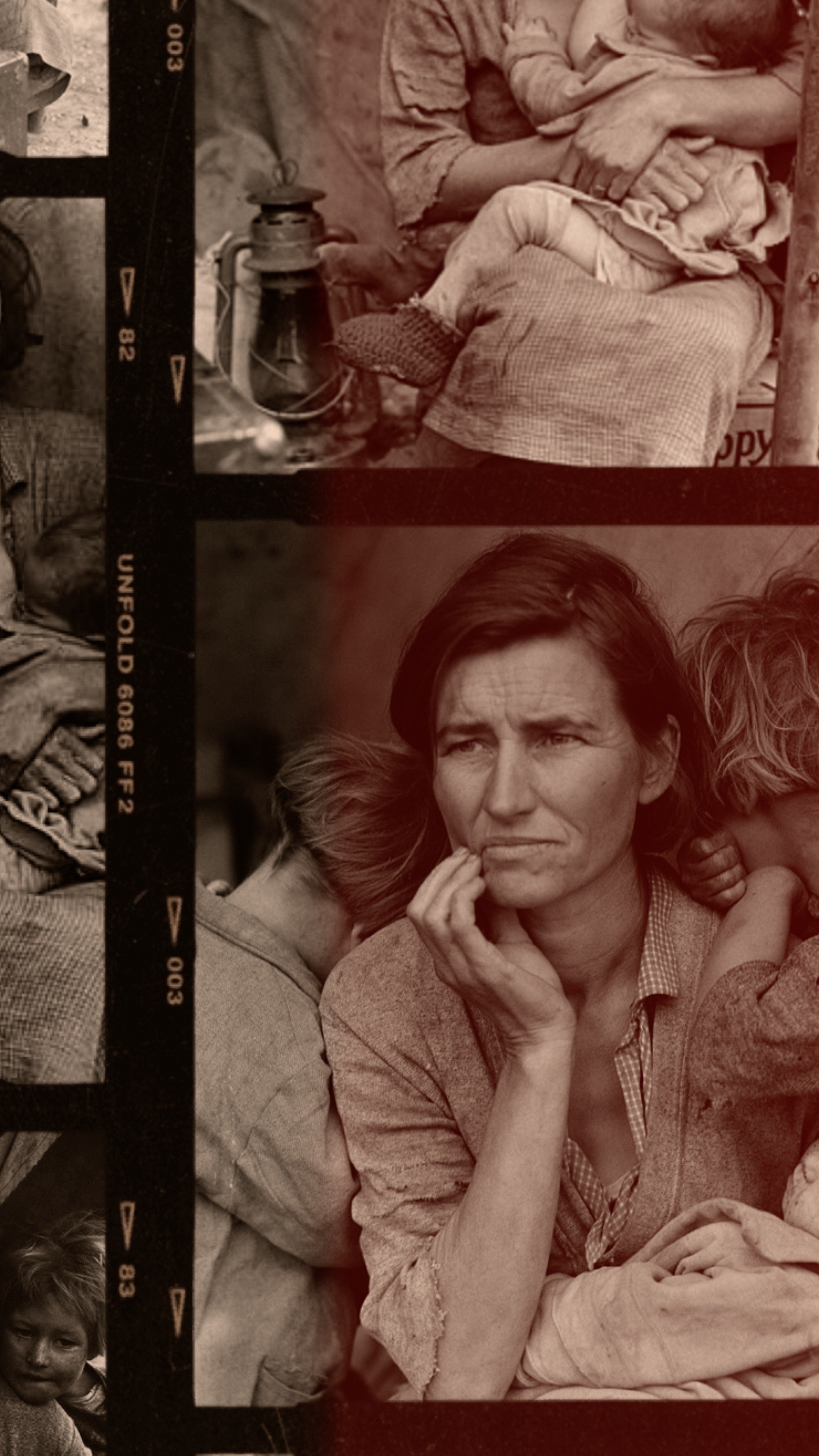The Migrant Mother: A Fortuitous Encounter and an Iconic Image that Almost Wasn't
The Migrant Mother is one of the most iconic photographs in history, capturing the essence of hardship and resilience during the Great Depression. Taken by Dorothea Lange in 1936, this image has come to symbolize the struggles of countless American families during this difficult time. However, the story behind the Migrant Mother is full of surprising twists, including the fact that the image almost didn't happen, and was nearly destroyed. In this blog post, we will explore the fascinating story behind the Migrant Mother and its significance in the world of photography.
The Unexpected Encounter with Florence Owens Thompson: As Dorothea Lange was driving home after a long day of work, she passed by the "Pea-Pickers Camp." Initially, she continued driving, but after 20 miles, she felt compelled to turn around and visit the camp. It was there that Lange met Florence Owens Thompson, the woman who would become the subject of her famous Migrant Mother photograph.
An Iconic Symbol with a Surprising Background: While Florence Owens Thompson has come to represent the struggles of the Great Depression, she was not actually living at the Pea-Pickers Camp at the time the photograph was taken. Instead, her family had stopped there for two days to fix their car. Despite this, the image of Thompson has endured as a powerful symbol of the hardships faced by many Americans during this era.
The Migrant Mother's Brush with Destruction: Unbeknownst to many, the negatives of the Migrant Mother were almost lost forever when they were thrown into a dumpster by someone at the San Jose Chamber of Commerce. Fortunately, they were rescued and stored for 30 years before being sold at auction for an astonishing $296,000. Neither Lange nor Thompson ever profited from the photograph, as Lange was working for the government and the images became government property.
The Journey to Capture the Iconic Image: Dorothea Lange's commitment to her craft is evident in the sheer number of images she took to capture the perfect shot. It is estimated that Lange took around 160,000 photographs in her quest to create the iconic Migrant Mother image.
For readers interested in learning more about the world of photography and the works of Dorothea Lange, consider the following book:
"Dorothea Lange: A Life Beyond Limits" by Linda Gordon – This biography delves into the life and work of Dorothea Lange, providing a comprehensive overview of her career and the historical context of her photographs.
The story of the Migrant Mother is a testament to the power of photography and the importance of preserving our history. The image, which almost didn't happen and was nearly destroyed, has become an enduring symbol of the struggles and resilience of the human spirit during the Great Depression. By exploring the stories behind iconic images like the Migrant Mother, we can gain a deeper appreciation for the art of photography and the impact it can have on our understanding of the world.
You can also watch this YouTube video to find out more.


